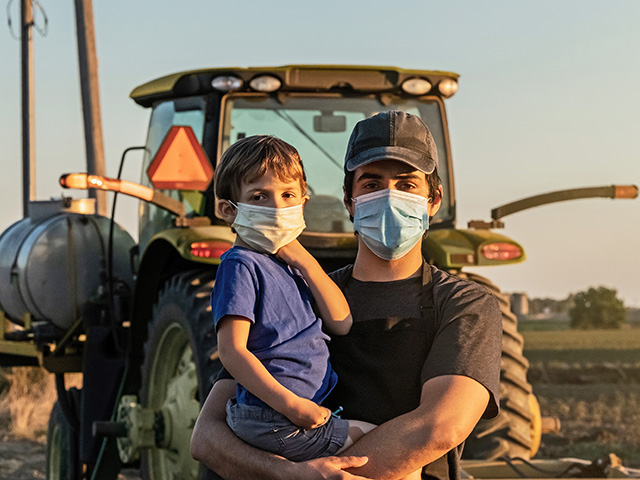Inside the Market
COVID-19 Concerns Ease but Aren't Gone
The development of the ethanol industry was a wonderful boon for corn demand when the mandates were laid out in 2005 and 2007. Coming at a time when oil supplies were becoming nervously short and offering less dependence on the Middle East, ethanol was a win/win for the country.
For corn producers, ethanol provided a third leg of demand, another solid market choice in addition to feed demand and exports that would help prevent the kind of giant surpluses seen in the mid-1980s. Or, so we thought.
TRANSPORTATION PRESSURE
I am pretty sure enduring a global pandemic in 2020 was not at the top of any year-end prediction lists in 2019. It certainly wasn't on the minds of corn producers who had just survived the worst planting conditions in modern history and, for some, tough harvest conditions, as well.
COVID-19 spread around the world with little warning, and the only way we could try to slow it down was by staying away from each other. For most of us, that meant no travel and no large gatherings. For too many, it meant no job to go to.
P[L1] D[0x0] M[300x250] OOP[F] ADUNIT[] T[]
As people quit driving, ethanol production was cut in half in less than two months, and Saudi Arabia flooded markets with excess oil. Corn exports were already in trouble before coronavirus, but transportation problems and concerns about dock workers staying on the job didn't help.
LIVESTOCK PRESSURE
Not even feed demand was safe. Early on, packers pulled back livestock bids out of concern for a slowing economy. By Easter, news broke that workers at meat-processing plants were testing positive for COVID-19, and the pressure was on to close plants.
For producers of cattle, hogs and poultry, it was quickly obvious growing inventory couldn't be shut off easily. Cattle would be kept in pasture, hogs grew heavier, and eventually, hogs and poultry had to be euthanized, a producer's nightmare and option of last resort.
According to worldometers.info, daily U.S. deaths from coronavirus peaked on April 21 and have been slowly coming down since. Stay-at-home restrictions are easing, and people are gradually getting back on the road. Hog slaughter levels dropped to 280,000 head on May 1, down 180,000 from the previous year. By the end of May, slaughter was back to 414,000, significant but not a total improvement.
Recovering the last 10% of last year's slaughter pace may prove elusive. Vaccines for COVID-19 are being worked on but may not be ready this fall, when the risk of infection is expected to increase again.
TIME TO HEAL
As far as corn demand goes, we should be able to say the worst is behind us, but that doesn't mean all is well. Summer weather will dictate just how big the new-crop surplus gets, and every facet of corn demand will be needed.
One year after corn suffered the worst planting conditions in our lifetimes, corn demand has just taken arguably its worst hit since the Great Depression, and we can't yet say the threat of coronavirus is under control. Both the economy and corn demand will take time to heal.
> Read Todd's blog at about.dtnpf.com/markets.
> You may email Todd at todd.hultman@dtn.com, or call 402-255-8489.
[PF_0720]
(c) Copyright 2020 DTN, LLC. All rights reserved.




